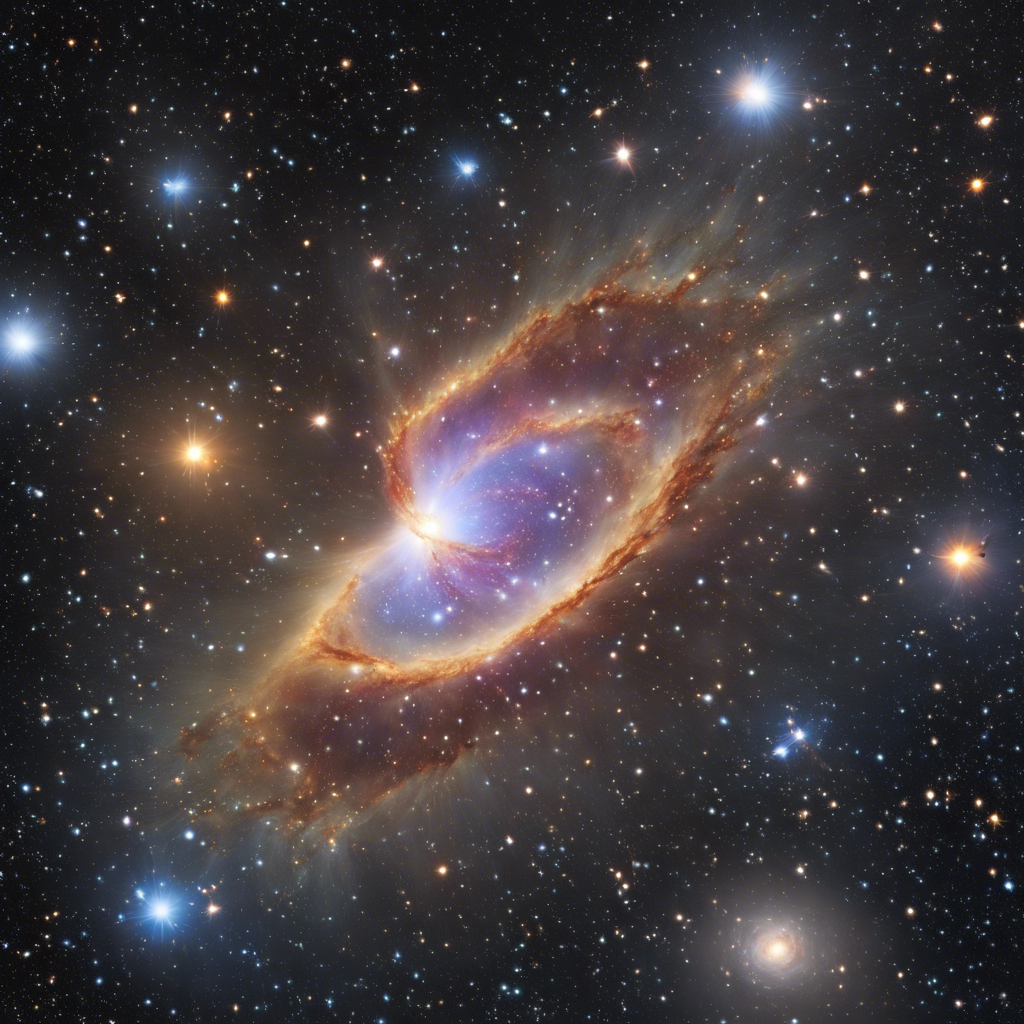December’s celestial calendar offers a dazzling display of shooting stars and other astronomical wonders.
As the year comes to a close, December promises to be a month filled with captivating celestial events. From the return of the famous constellation Orion to the highly-anticipated Geminid meteor shower, stargazers of all ages are in for a treat. With longer nights and clearer skies, this is the perfect time to bundle up and venture into the chilly December weather to witness the mesmerizing light show happening above.
Dec. 13-14: Geminid meteor shower
The Geminid meteor shower, the last major astronomy event of 2023, will illuminate the night sky in the middle of December. On the night of Wednesday, Dec. 13, into the morning of Thursday, Dec. 14, this annual event will reach its peak, offering a stunning display of shooting stars. Known for producing over 100 meteors per hour, including some colorful ones, the Geminids are a must-see for any astronomy enthusiast. This year, the viewing conditions are expected to be excellent, with a moonless night providing a darker sky for better visibility.
Dec. 21 at 10:27 pm EST: Winter solstice
On Thursday, Dec. 21, at 10:27 p.m. EST, the winter solstice will mark the shortest day and the longest night of the year for areas north of the equator. This astronomical event signifies the official start of winter in the Northern Hemisphere and summer in the Southern Hemisphere. While the long winter nights may seem never-ending, astronomical winter is actually the shortest season, lasting just 88 days, 23 hours, and 39 minutes. As we celebrate the solstice, it’s a reminder of the changing seasons and the beauty of our planet’s celestial dance.
Dec. 26-27: Full Cold Moon
The last week of December brings us the final full moon of 2023. Known as the Cold Moon, this celestial spectacle is accompanied by several wintry-themed nicknames. On the night of Tuesday, Dec. 26, into Wednesday, Dec. 27, the Cold Moon will illuminate the sky, weather permitting. The name is a nod to the bitterly cold air that often accompanies the long December nights. Other nicknames for December’s full moon include the Snow Moon, the Hoar Frost Moon, the Winter Maker Moon, and the Frost Exploding Trees Moon. It’s a magical sight to behold, symbolizing the beauty and serenity of the winter season.
Conclusion:
December offers a celestial feast for astronomy enthusiasts and stargazers alike. From the Geminid meteor shower’s dazzling display of shooting stars to the winter solstice marking the changing seasons, and the Cold Moon illuminating the wintry night sky, there is no shortage of celestial wonders to behold. As we marvel at these astronomical events, let us appreciate the vastness and beauty of the universe and our place within it. So bundle up, grab a telescope or simply gaze up at the night sky, and prepare to be captivated by the wonders of December’s celestial show.











